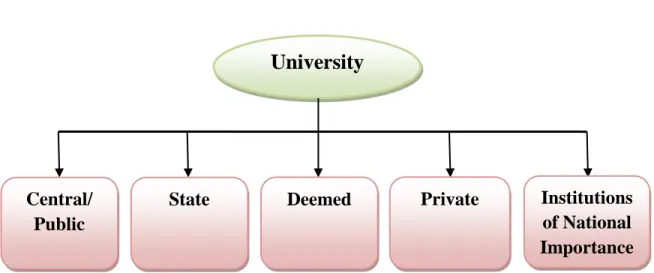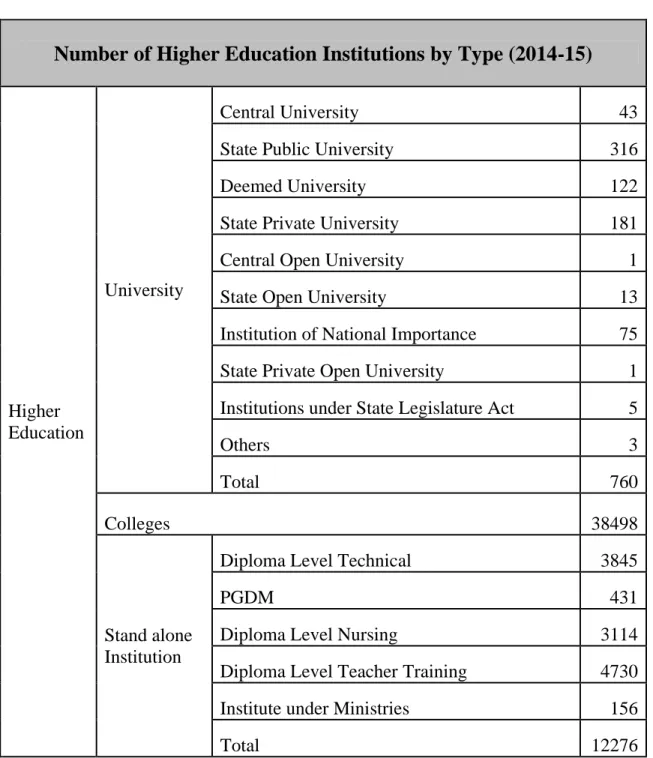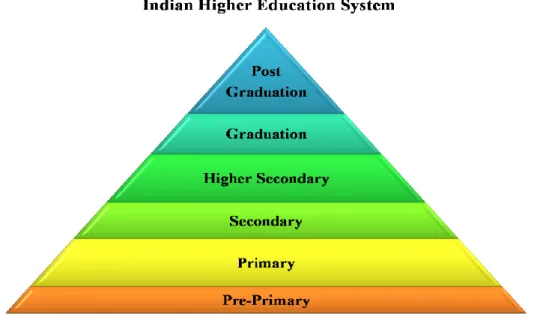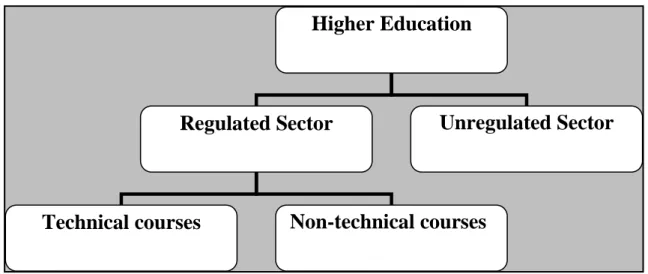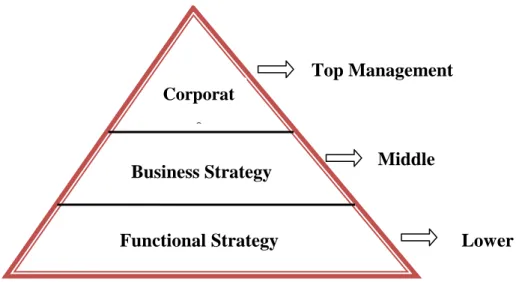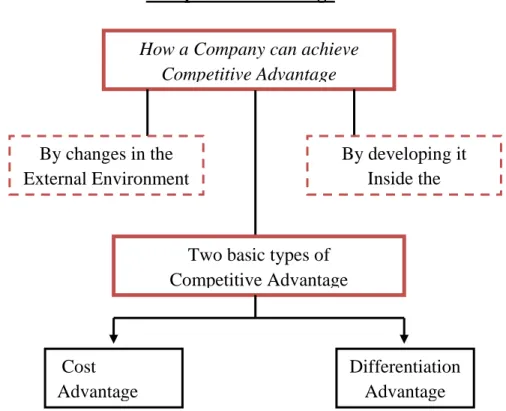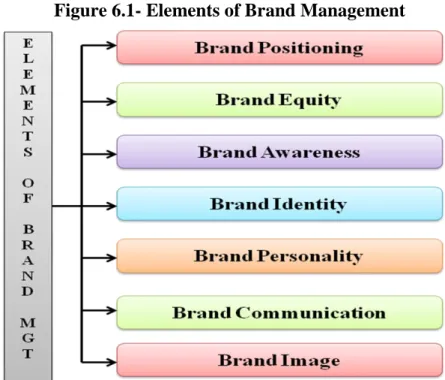It is also stated that the thesis represents an independent work of the candidate. 137 7.11 Descriptive Statistics for Purpose of Admission 139 7.12 Descriptive Statistics for Satisfaction Score 140 7.13 Descriptive Statistics Teaching and Learning Practice 141 7.14 Descriptive Statistics for Types of Universities 142 7.15 Higher Education Selection Preference for Gender (ANOVA & Report).
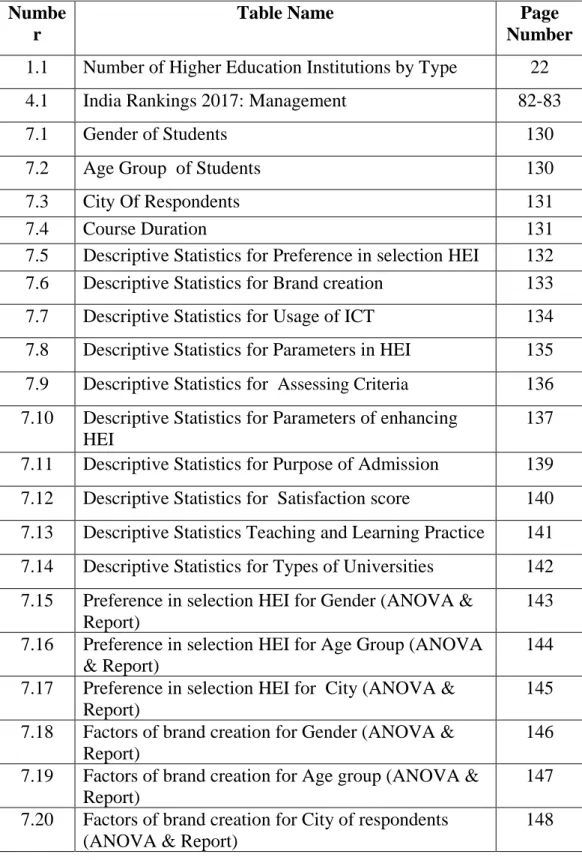
LIST OF ABBREVIATIONS
23 IIT Indian Institute of Technology 24 IIM Indian Institute of Management 25 MBA Master of Business Administration 26 MCA Masters i Computer Application 27 ME/ M.Eng Master of Engineering.
EXECUTIVE SUMMARY
This research also identifies some emerging areas in business and management education. To identify best practices in higher education and their impact on the brand image of the institute.
CHAPTER-1 Introduction
- Overview of Higher Education in India
- History of Higher Education in India
- Evolution of Higher Education Policy in India
- University Education Commission (1948)-
- Secondary Education Commission (1952)-
- Banaras Hindu University Inquiry Committee 1969 Report
- National Policy on Education 1968
- Draft National Policy on Education (1979)
- National Policy on Education (1986)
- National Policy on Education (1992)
- National Policy on Education (2016)
- Role of State in Management of Higher Educational Institutions
- Types of Higher Education institutions in India
On the other hand, in the ‗The Buddhist system, the monasteries and viharas where Bhikshus lived developed into educational institutions. Renunciation of family life was the basis of the Buddhist system. It is especially essential to emphasize the development of education and research in agriculture. d) The General School:.
University
- State University
- Deemed-To-Be-A- University
- Private University
- Institutes of National Importance
Central Universities are those established by an Act of Parliament and funded by the Union Government. State universities are those established by law in the state legislature and receive funding from the respective state governments and sometimes from the central government, usually from the UGC.
Number of Higher Education Institutions by Type (2014-15)
CHAPTER-2 Review of literature
CHAPTER-2
Review of Literature and Gap Analysis
Background of the Study
Strategic Management of Higher Education Institutes means the use of systematic and effective strategies by higher education institutes that helps them perform better in the context of creating a brand image and also enables them to gain competitive advantage over other institutions. their rivals. The main purpose of this study is to study and understand such policy strategies and implemented by management colleges and how these strategies help higher education institutes to build a strong brand image.
Study of Literature
Myroslava Hladchenko (2013) on “The Emergence of Strategic Management in the Higher Education Sector of the European Union Countries”, the author analyzed the trends in the higher education sector that led to the unveiling of the strategic management of higher education. Jim Black (2008) mentioned the importance of Branding of the Higher Education in his research on 'The Branding of Higher Education'.
Gap Analysis
54 through his studies made an effort to find out challenges while implementing strategic management process at Makerere University. The main challenge that the author suggested was that the Faculties and the academic staff do not have the necessary skills needed to implement the strategic initiatives. He also states that influences from various stakeholders and authorities in the functioning of the university and the failure of some of the academic and administrative staff to incorporate the Vision and Mission into their daily business practice as an obstacle to the effective implementation of the strategic management process in the University business.
CHAPTER-3
Objectives, Hypothesis, Research Methodology and
Limitations of the study
- Statement of the Problem
- Objectives of the Study
- Hypothesis of the Study
- Research Design
- Understanding the issue
- Sources of data collection
- Sample size
- Research Instruments
- Sampling Area
- Limitations of the study
- Variables of study
- Variables for student’s questionnaire
- Variables for Faculties’ questionnaire
To examine the impact of brand image on the sustainability of a higher education institution. H01- There is no significant impact of best practices in higher education on the brand image of the institute. H11 – Best practices in higher education have a significant impact on the institute's brand image.
Chapter-4
CHAPTER-4
Higher Education in India
Structure of Higher education in India
The Higher Education System of India is one of the largest and oldest in the world. With more than 760 universities, 38,498 colleges and 12,276 stand-alone institutions, India is home to one of the best higher education systems in the world. It recommended the creation of a University Grants Committee which would oversee the work of the 3 Central Universities; University of Aligarh, University of Banaras and University of Delhi.
Regulatory framework of Indian Higher Education
Higher Education
Regulated Sector Unregulated Sector
Technical courses Non-technical courses
The Unregulated Sector
The unregulated higher education sector consists mainly of certification courses that do not lead to the award of a degree or diploma, vocational training courses, tutoring services/coaching classes, online education programs. Government policies help to encourage e-learning, various Massive Open Online Course (MOOC) initiatives by universities and digitization of books facilitate the importance of e-learning in the country. Some significant examples of investments and measures in 2014 are; On MOOCs, Birla Institute of Technology and Sciences (BITS) Pilani, IIT Bombay and IIM Bangalore have partnered with MIT & Harvard's massive open online course (MOOC) platform edX to offer MOOCs to their on-campus and off-campus for-campus students.
Important councils in Indian Higher Education
- Ministry of Human Resource Development (MHRD)
- University Grants Commission-(UGC)
- All India Council for Technical Education (AICTE)
- National Assessment & Accreditation Council (NAAC)
- Directorate of Technical Education (DTE)
It is the premier legislative organization established by an Act of Parliament in November 1956.‖ The main task of UGC is to coordinate the determination and maintenance of the standards of university education. The role of the Directorate is to maintain and improve the standard and quality of the technical education of the state. The Directorate of Technical Education (DTE) in Maharashtra was established in the year 1948 by the Government of Maharashtra for looking after technical education of the state.
Management Education in India
- Types of Management Courses in India
The institution plays an important role in producing a large pool of technical manpower of the country from the state of Maharashtra. The main part of the curriculum focuses on the assessment and evaluation of teams to study the role of the manager. Management education gives students a comprehensive view of the corporate world on how to manage the four "M‗s" of any organization which are Money, Material, Man and Machine.
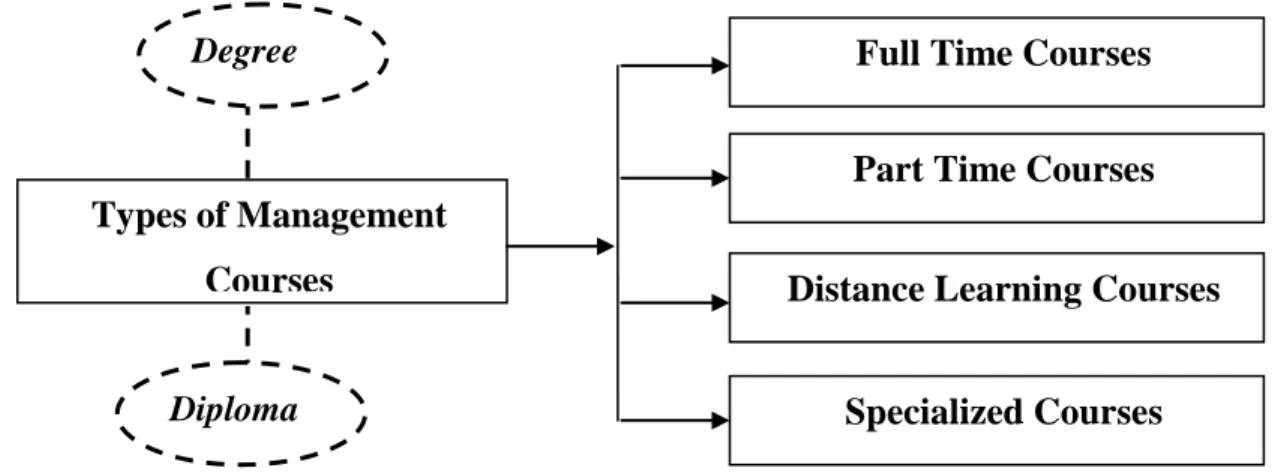
Bachelor of Management Studies (BMS): this course mainly concentrates on analytical and logically oriented studies. Masters in Business Management (MBA): A postgraduate course which can be categorized into 5 different segments such as: "Full-time MBA, Part-time MBA, Distance categorized into 5 different segments such as, "Full-time MBA, Part-time MBA, Distance Learning MBA, Executive MBA and Online MBA.‖ The full-time MBA course generally consists of 4 semesters. The part-time MBA, distance learning MBA and online MBA courses offer flexibility to the students who cannot pursue a full-time regular course.
Management Institutes in India
- Make in India and Higher Education
- Challenges faced by Indian Higher Education today
- Lower level of teaching quality: Our education system is tortured by issues of quality and excellence in many of its institutions and universities. Many of the issues
- Financing of higher education: The government of India needs to notice one of the most critical issues concerning higher education today which is; the issue of
- Privatization: In the current scenario, privatization of higher education is apparently in a novice stage but to adopt the latest trends it is essential to maintain
- Quota system: Bringing the reservation and quota system for different categories in education lost its quality. Even deserving candidates of general
- Emerging Challenges
- Diverse education system: Various set ups located on geographical, rural- urban, rich-poor have posed in great challenge for the educational institutions
- Intervention of political factors: Many of the Institutions, who impart education Aided or non-aided are owned by the powerful political leaders these
- Economic Difficulties: An economic difficulty is one of the most troublesome changes that the present higher education system has forced on the communities
- Inadequate Moral values: The fast growth of science and technology and following industrialization has resulted great and danger to our old moral and values
- Improving stakeholder communications, transparency: Educational elements are developing an increasingly insatiable appetite for timely, relevant and
- Withholding uncertainty in strategic planning: Uncertainty does not only describe the economic reality that higher education institutions are facing, but also an
- Holding strategic goals in focus through KPIs, scorecards: Higher education institutions today have been challenged to manifest that they are operating effectively
- Achieving, measuring social responsibility and sustainability: Colleges and universities are preparing students to work toward a just and sustainable society
- Recognizing, averting risk of financial failure: Institutions in a precarious financial position have been known to compromise strategic goals, reduce critical
- Delivering an informed analysis of research activities: As appropriations and contributions are scrutinized — and contracted — research costs and relevance to
- Traditional methods of teaching: Methods of teaching plays a very important role in the academic performance of a student. Unsatisfactory academic performance
India also has one of the lowest Gross Enrollment Rates (GER) in higher education in the world. Finally, the quality of teaching staff is one of the important issues that the higher education sector must maintain in the future. Therefore, it is the need of the hour to free the higher education system from unnecessary restrictions and political interference.
CHAPTER-5
Strategic Management in Higher Education
Strategic Management in Higher Education
Concept of Strategy
94 strategy as something related in the context of war and betrayal towards an enemy. In the framework of Higher Education; strategies are innovative and effective methods used by faculties and institutes to improve and improve the quality offered in the field of academics. In the current situation of higher education, the demand, tuition and costs of a student are increasing much faster than public funding.
Hierarchies of Strategy
- Corporate Strategy
- Business Strategy
- Functional Strategy
Growth strategies, stability strategies, downsizing strategies, and global strategies are some of the important aspects of corporate-level strategy. The sources of cost advantage are varied and depend on the structure of the industry. The 99 marketing, finance, operations, IT and other departments will have responsibilities to address, and it is the job of the strategists or managers to oversee them all to ultimately deliver acceptable results.
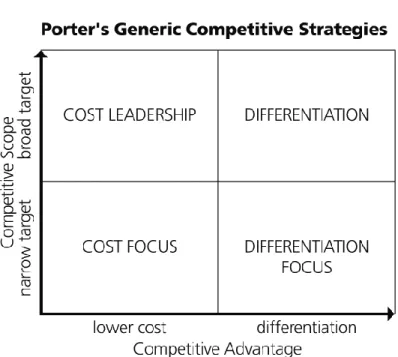
Strategic Management Process
- Defining Vision and Mission
- Environment Scanning
- Strategy Formulation
- Strategy Implementation
- Strategy Evaluation
101 reason for organizations' existence, it depicts the role that the organization plays in society. Consequently, situational analysis always identifies strengths, weaknesses, opportunities and threats for the organization and reveals a clear picture of the company's situation in the market. Long-term goals and objectives indicate ambition that can improve the company's competitive position in the long term.
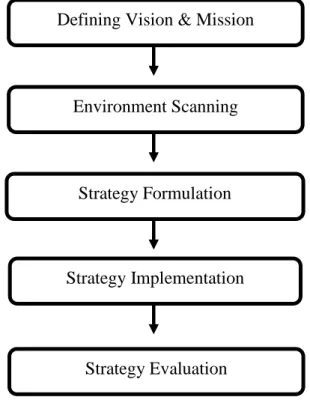
CHAPTER-6
Branding in Higher education
Elements of Brand Management
- Brand Positioning
- Brand Equity
- Brand Awareness
- Brand Identity
- Brand Communication
- Brand Image
If brand equity is positive, the organization, its products, and finances can be in profit. The core identity represents the timeless spirit of the brand. It is essential to the meaning and success of the brand. Brand attributes are the functional and mental associations customers have with the brand.
The Need & Importance of Branding in Higher Education
- Promotion of the Brand
The branding concept for higher education is based on the two main components: (1) promotion of the brand and (2) delivering on the promise of the brand. Being aware that the brand lives in the hearts and minds of those we serve. Thus, the logical place to begin defining the brand identity is an assessment of the existing brand image for various constituent groups valued by the institution.
Students Perception of a good Educational Brand
- Excellent Placements
- Cost effective Fee structure
- Competent Faculties
- Extra Curricular Activities
- Infrastructure & Learning Resources
An industry-oriented curriculum can offer one of the best ways forward for students enrolled in various specialized courses. The fee structure for any academic course is a very important factor in determining the future of that particular course or institute. They are like the foundation on which the entire structure of the institute is based.
Tools and Techniques of Higher Education Branding
- Enabling the brand Promise
Activating the brand promise is about the internal marketing program that targets internal customers (faculty, administrative staff, support staff, etc.) to enable them to deliver on what was promised to external customers/constituents. To be effective, the brand promise must be embedded in a culture and must become part of institutional DNA. It can therefore be suggested that effective delivery of brand promises requires management of stakeholders' experiences and expectations.
Higher Education Branding Challenges
Due to the diversity of students in the higher education sector, goals, study aspirations and engagement can vary significantly. Some institutions that are in the process of branding portray themselves as 'the best', 'world class', leading' etc. There are many other flaws with the current higher education branding construct that some of these educational brands follow.
CHAPTER-7
Data Analysis and Interpretation
Chapter-7
Analysis of Data of Students
Not important at all = 1 Somewhat important = 2 Somewhat important = 3. Using the above answers, the average score for each respondent is obtained using the formula below. Not important at all = 1 Somewhat important = 2 Somewhat important = 3. Using the above answers, the average score for each respondent is obtained using the formula below. Using the above answers, the average score for each respondent is obtained using the formula given below Sum of scores for all ten questions.

TESTING OF HYPOTHESIS
Analysis of Data of Faculties
The table above indicates that out of a total of 65 faculties; 3 faculties have experience under 1 year, 12 faculties have experience from 1 to 3 years, 13 faculties are in the 3 to 5 years teaching experience group, 27 faculties are in the 5 to 10 years experience group, 10 faculties have more than 10 years teaching experience. Therefore, information is collected to measure the workload of faculties and this is presented in the following table. Information is collected from faculties to understand which parameters are important in promoting Industry Institute Interaction the answers are recorded in the following table.

